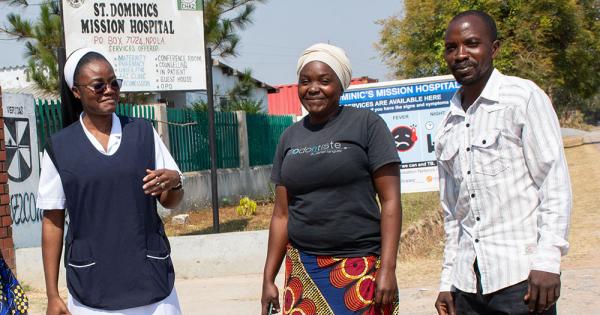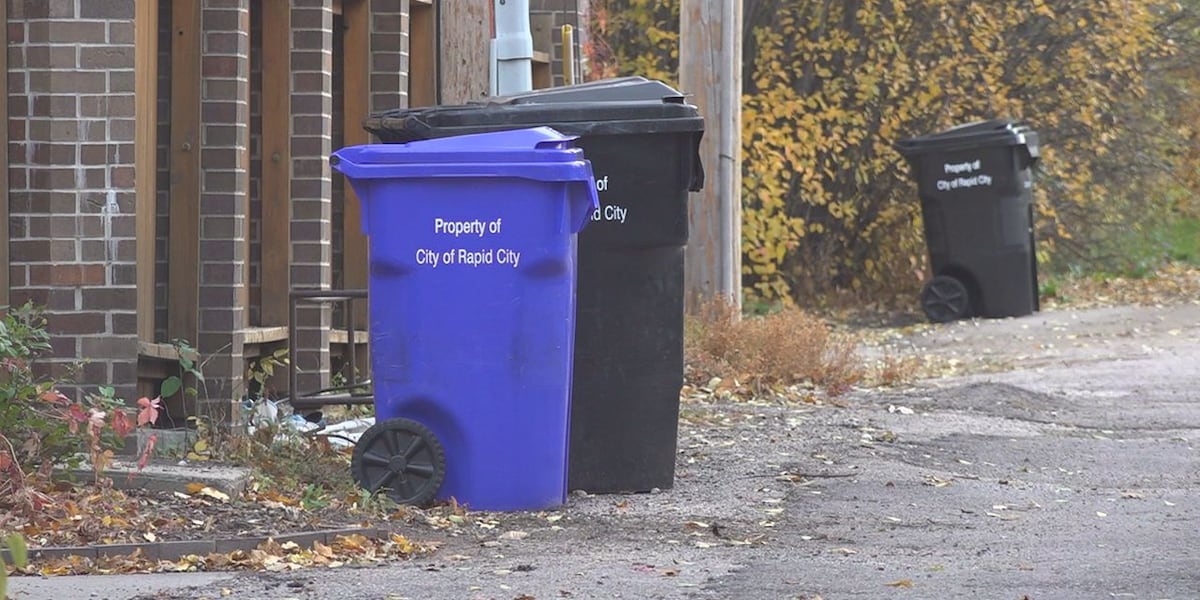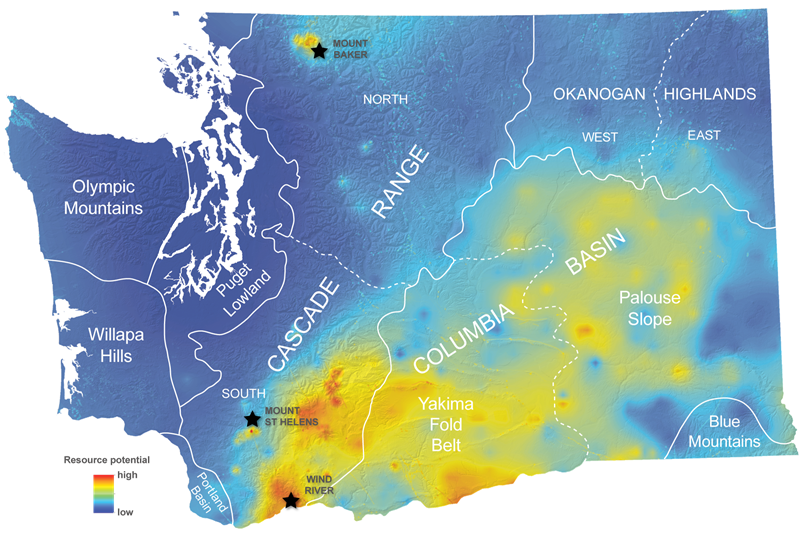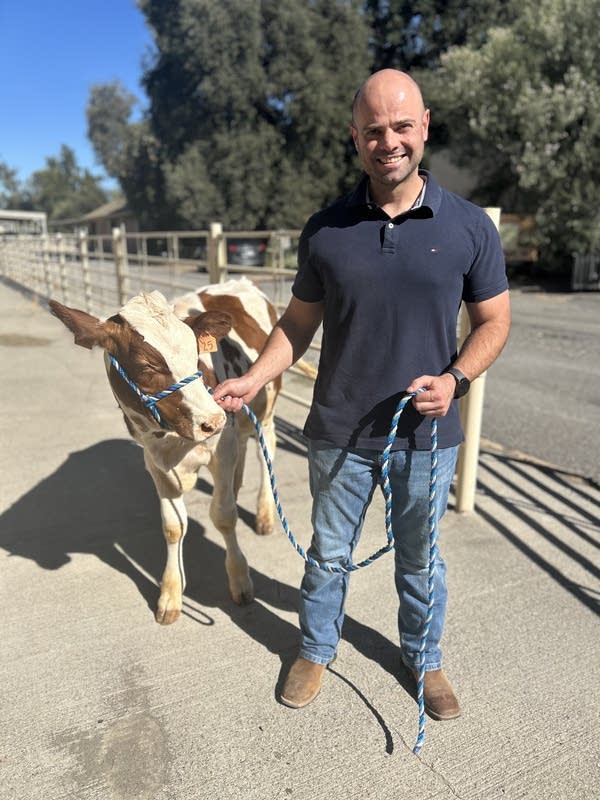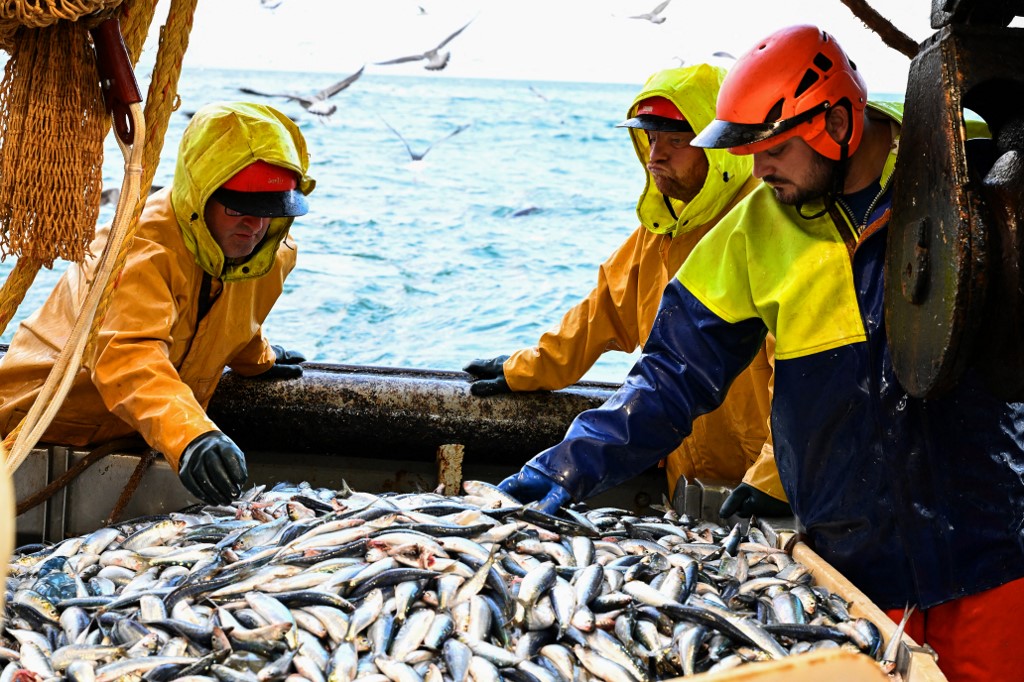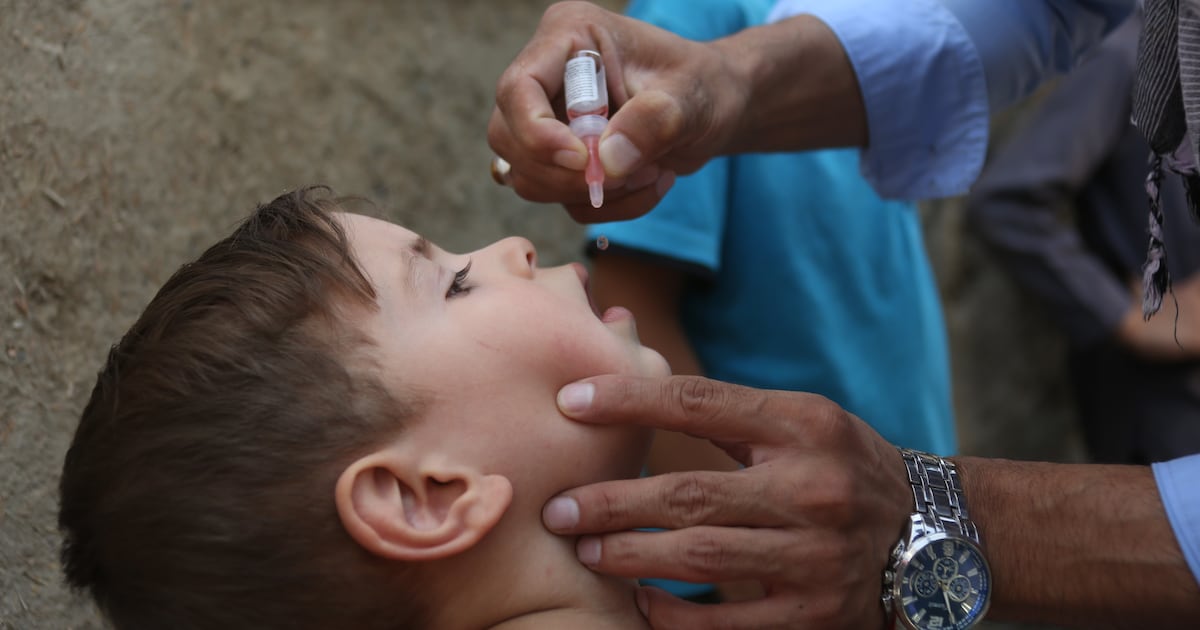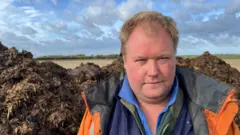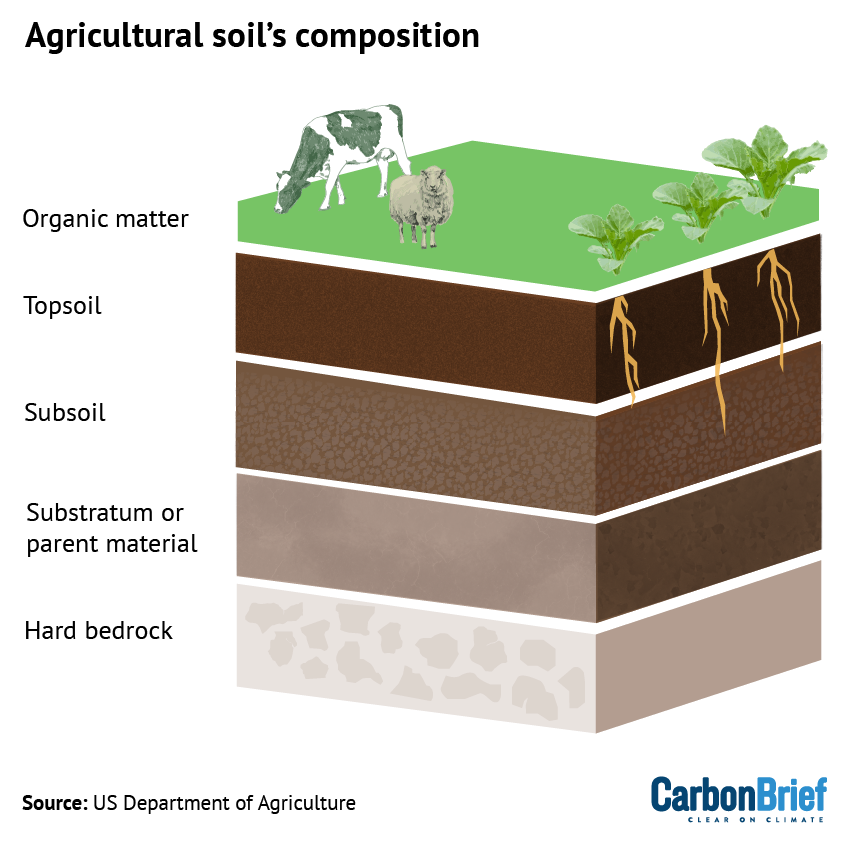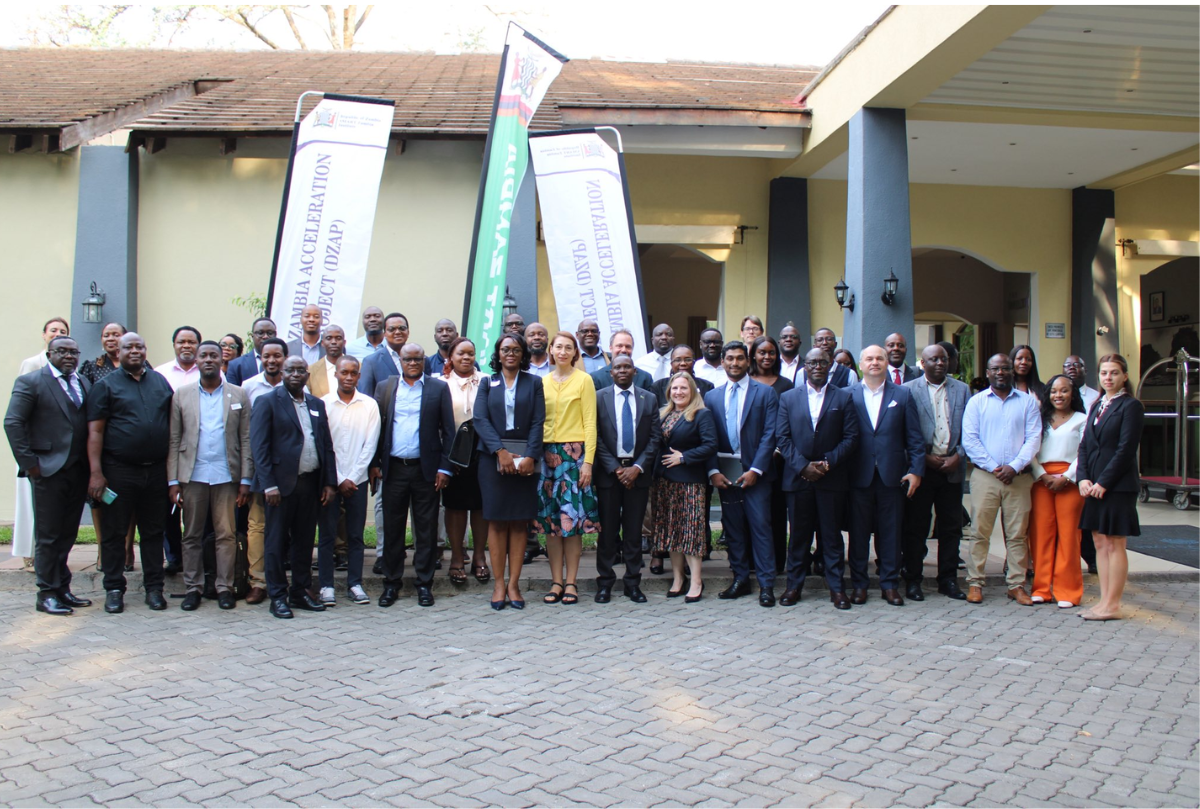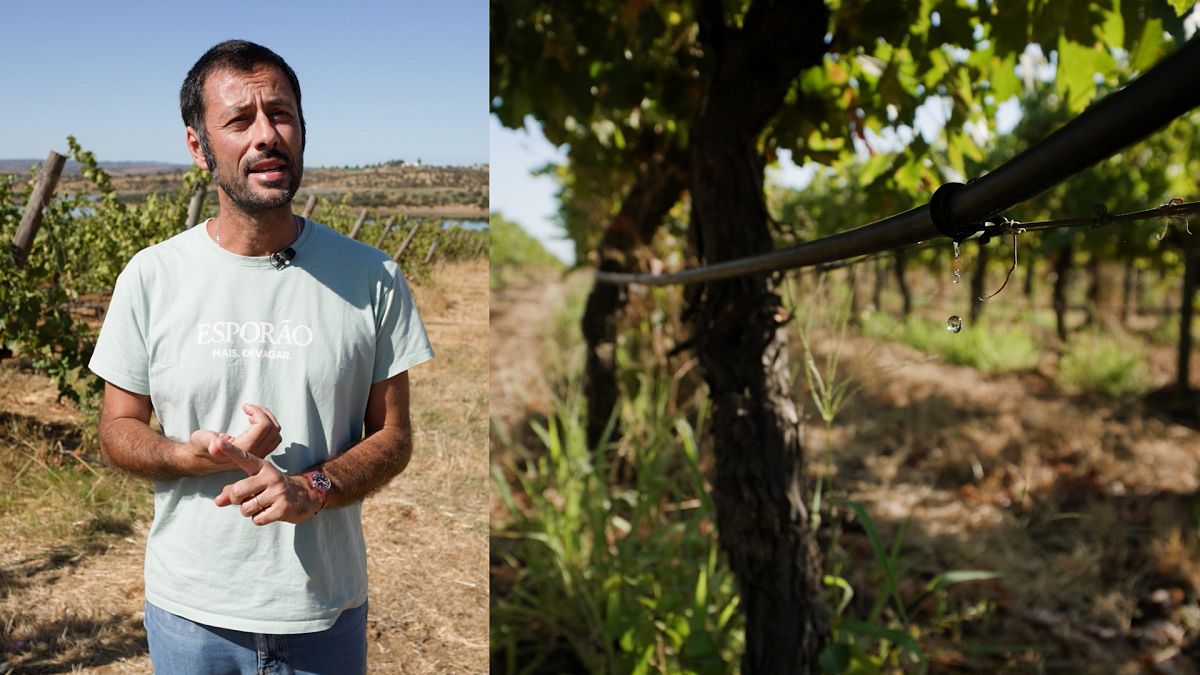Beyond the target insects: impacts of Bti on aquatic macrofauna communities – Parasites & Vectors

Report on the Impact of Bacillus thuringiensis israelensis (Bti) on Freshwater Ecosystems with Emphasis on Sustainable Development Goals (SDGs)
Experimental Set-up
An experimental macrocosm study was conducted at the Living Lab field station in Leiden, the Netherlands, between April and June 2022, to investigate the effects of Bti on freshwater non-target and predator communities. This study utilized 24 experimental freshwater ditches (6 × 1 × 0.5 m), constructed in 2017 to simulate natural local ecosystem conditions with soft sediments and the ability to be isolated from connecting water bodies. Four weeks prior to Bti application, ditches were connected to a natural lake to allow colonization by local aquatic species. Baseline community data were collected at weeks 1 and 2 to ensure comparable initial conditions.
Treatment Application
Bti was applied at two time points: the end of week 3 and the start of week 6. Three treatment levels were used:
- Control (0 g/ha)
- Single dose – highest recommended dose in the Netherlands (1000 g/ha)
- Double dose – twice the recommended dose (2000 g/ha)
Each treatment was replicated six times (total of 18 ditches). Application protocols mirrored professional pest control practices to ensure realism. Abiotic parameters such as nutrient levels (phosphorus and nitrogen), water temperature, dissolved oxygen, algae concentration, and turbidity were monitored weekly to control for confounding factors.
Direct Effects on Non-Target Insects
Emergence traps (0.36 m²) were installed in each ditch to capture emerging aquatic insects. Traps were secured to prevent escape and equipped with ethanol-filled bottles for specimen preservation. Weekly collections were performed, and insects were identified to subfamily level. Biomass was calculated per taxonomic order, family, feeding guild, and overall system using length-dry weight power equations.
Effects on Closely Related Taxa and Higher Trophic Levels
Macroinvertebrate predator communities were sampled approximately one week before Bti application and two weeks after the second application. Sampling involved isolating 1 m sections of each ditch, collecting all macroinvertebrates, and identifying them to species level. Biomass estimations were conducted similarly to the emergence data. Organisms were assigned to feeding guilds to assess trophic-level impacts.
Data Processing and Statistical Analysis
- Data were analyzed using R software (v4.3.2).
- Friedman tests assessed direct effects of Bti on non-target species biomass.
- Outliers were evaluated but retained if biologically valid.
- Principal Component Analysis (PCA) and Analysis of Similarities (ANOSIM) tested for differences in abiotic variables and community composition.
- Generalized additive models (GAMLSS) with zero-inflated Poisson distribution evaluated treatment effects on taxonomic and functional groups.
- Community-level differences were further explored using ANOSIM with Bray–Curtis dissimilarity.
Results and Conclusions
A total of 35 species across five orders were observed. Key findings include:
- Total macrofauna biomass decreased by approximately 50% following Bti application for both single and double doses (P = 0.04).
- Significant differences in biomass were observed between control and double dose treatments shortly after application (P = 0.03).
- Biomass levels showed a trend of decline post-application followed by gradual recovery to baseline levels.
These results highlight the potential ecological impacts of Bti on freshwater biodiversity, with implications for SDG 14 (Life Below Water) and SDG 15 (Life on Land), emphasizing the need for sustainable pest management practices that protect aquatic ecosystems.
Temporal Effects on Macroinvertebrate Communities
Significant decreases in biomass were detected at the order (Diptera) and family (Chironomidae) levels following Bti application, particularly under the double dose treatment:
- Chironomidae biomass decreased by 52% and 44% after the first and second applications, respectively (P = 0.006).
- The majority of surviving individuals belonged to the predator subfamily Tanypodinae.
- Post-second application biomass remained significantly lower than control (12.5% and 88% for single and double doses respectively).
This reduction in key aquatic insect families may affect food availability for higher trophic levels, impacting ecosystem services aligned with SDG 15.
Effects on Predator Communities
Community composition analyses revealed:
- No significant differences in predator community structure across treatments (ANOSIM, R = 0, P > 0.05).
- Megaloptera abundance increased post-application, including controls, suggesting seasonal effects.
- Odonata abundance was significantly reduced (79%) in the double dose treatment after exposure.
These findings suggest selective impacts of Bti on certain predator taxa, which may influence ecosystem balance and resilience, relevant to SDG 15 and SDG 6 (Clean Water and Sanitation).
Implications for Sustainable Development Goals (SDGs)
- SDG 3 – Good Health and Well-being: Effective mosquito control using Bti contributes to reducing vector-borne diseases.
- SDG 6 – Clean Water and Sanitation: Monitoring abiotic factors ensures water quality is maintained despite pesticide application.
- SDG 14 & 15 – Life Below Water and Life on Land: Protecting aquatic biodiversity by understanding non-target effects supports ecosystem health and biodiversity conservation.
- SDG 12 – Responsible Consumption and Production: Harmonizing pesticide application with environmental safety promotes sustainable agricultural and pest management practices.
Summary
This study demonstrates that while Bti is effective for mosquito control, it also significantly affects non-target aquatic macroinvertebrates, including important predator groups. Sustainable application protocols must balance vector control objectives with the conservation of freshwater biodiversity to meet multiple SDGs. Continued monitoring and adaptive management are essential to minimize ecological disruption and promote ecosystem resilience.
1. Sustainable Development Goals (SDGs) Addressed or Connected
- SDG 3: Good Health and Well-being
- The article discusses the application of Bacillus thuringiensis israelensis (Bti) for mosquito control, which is directly related to controlling vector-borne diseases and improving public health.
- SDG 6: Clean Water and Sanitation
- The study focuses on freshwater ecosystems and the effects of Bti on aquatic macroinvertebrates, which relates to maintaining water quality and ecosystem health.
- SDG 15: Life on Land
- The article investigates impacts on biodiversity, specifically non-target insect species and predator communities in freshwater ecosystems, which is relevant to the conservation and sustainable use of terrestrial and freshwater ecosystems.
2. Specific Targets Under Those SDGs Identified
- SDG 3: Good Health and Well-being
- Target 3.3: End the epidemics of communicable diseases, including vector-borne diseases such as malaria and dengue. The use of Bti as a mosquito control agent supports this target.
- SDG 6: Clean Water and Sanitation
- Target 6.6: Protect and restore water-related ecosystems, including freshwater ecosystems. The study’s focus on the impact of Bti on freshwater macroinvertebrates aligns with this target.
- SDG 15: Life on Land
- Target 15.1: Ensure the conservation, restoration, and sustainable use of terrestrial and inland freshwater ecosystems and their services, including biodiversity protection.
- Target 15.5: Take urgent action to reduce the degradation of natural habitats and halt biodiversity loss. The article’s investigation of non-target species effects relates to this target.
3. Indicators Mentioned or Implied to Measure Progress
- Biomass of Macroinvertebrates
- The article measures the biomass of macrofauna and specific insect families (e.g., Chironomidae) before and after Bti application to assess ecological impacts. Biomass changes serve as an indicator of ecosystem health and biodiversity status.
- Species Abundance and Composition
- Abundance counts of macroinvertebrate orders and families (e.g., Diptera, Odonata, Megaloptera) are used to detect shifts in community structure, which indicate biodiversity health and ecosystem balance.
- Water Quality Parameters
- Abiotic measurements such as nutrient levels (phosphorus and nitrogen), water temperature, dissolved oxygen content, algae concentrations, and turbidity are monitored to control for confounding factors and assess ecosystem conditions.
- Statistical Analysis Outcomes
- Use of statistical tests (Friedman test, ANOSIM, generalized additive models) to evaluate the significance of changes in biomass and community composition serves as an indirect indicator of ecological impact.
4. Table: SDGs, Targets and Indicators
| SDGs | Targets | Indicators |
|---|---|---|
| SDG 3: Good Health and Well-being | Target 3.3: End epidemics of communicable and vector-borne diseases |
|
| SDG 6: Clean Water and Sanitation | Target 6.6: Protect and restore water-related ecosystems |
|
| SDG 15: Life on Land |
|
|
Source: parasitesandvectors.biomedcentral.com

What is Your Reaction?
 Like
0
Like
0
 Dislike
0
Dislike
0
 Love
0
Love
0
 Funny
0
Funny
0
 Angry
0
Angry
0
 Sad
0
Sad
0
 Wow
0
Wow
0











